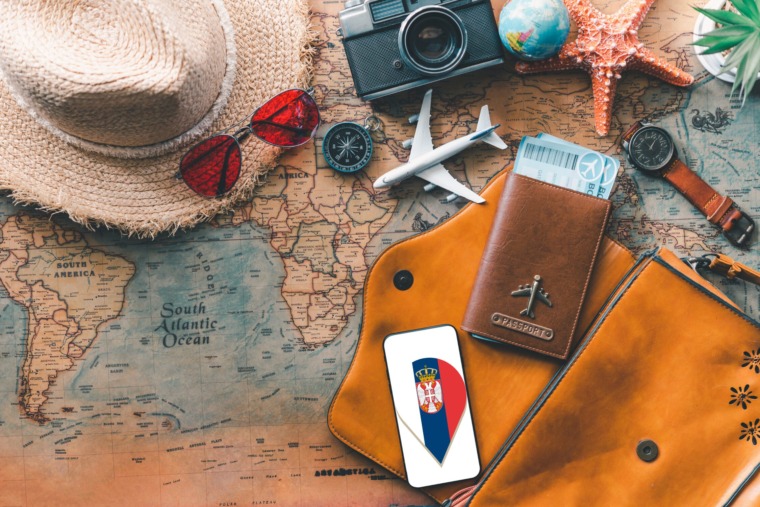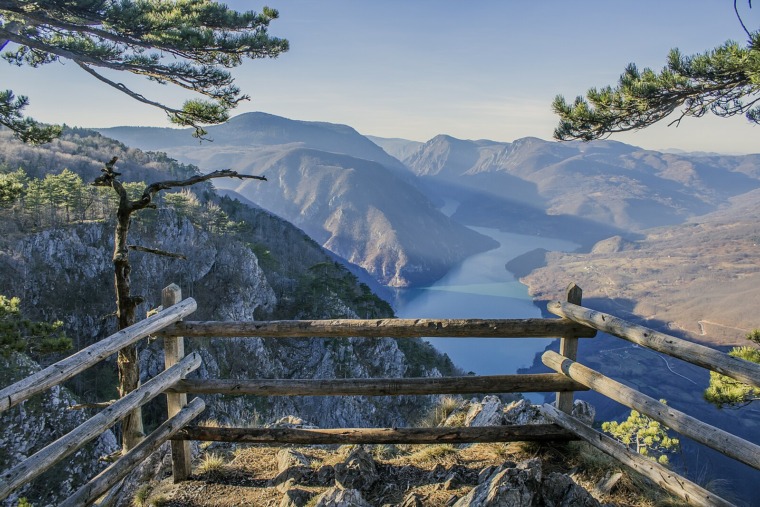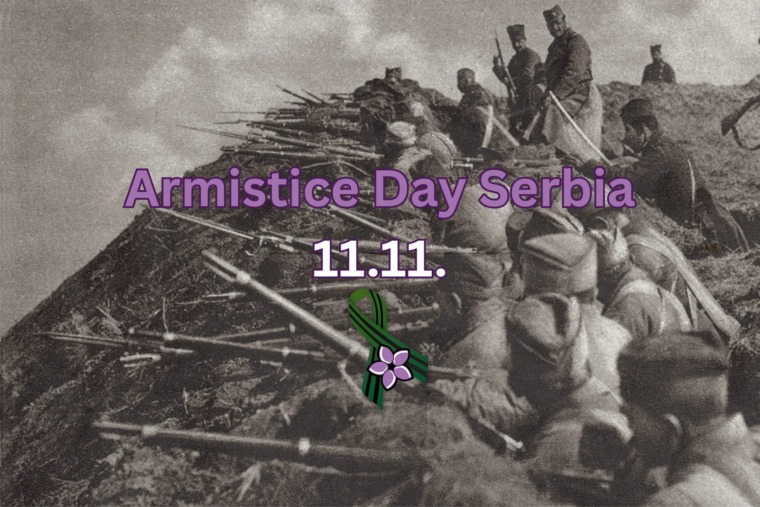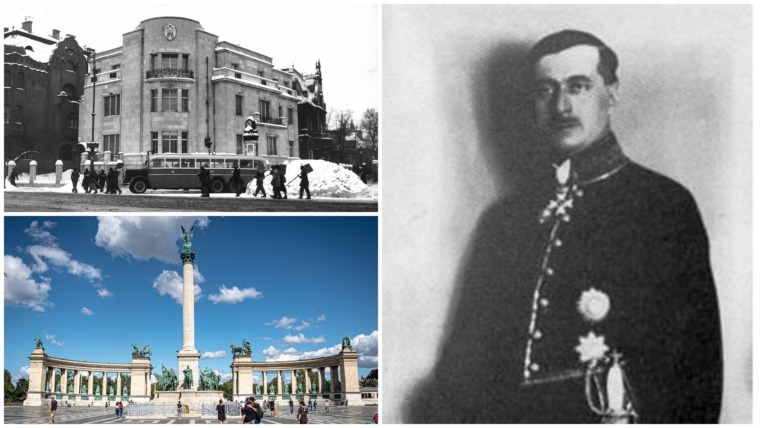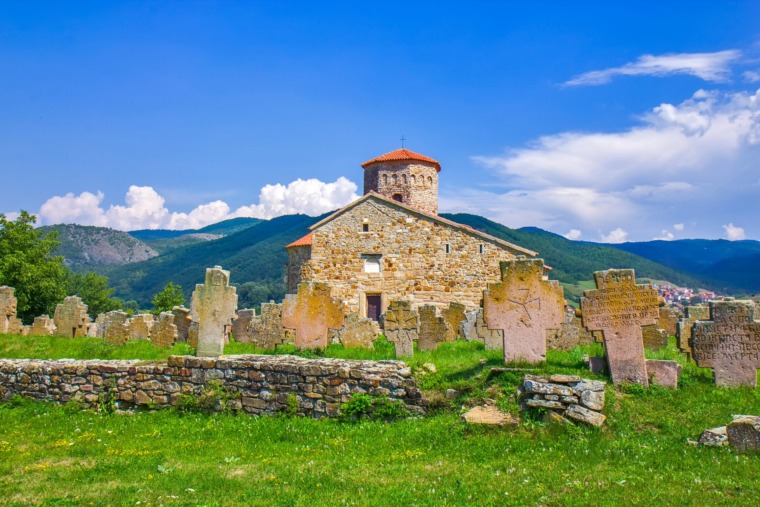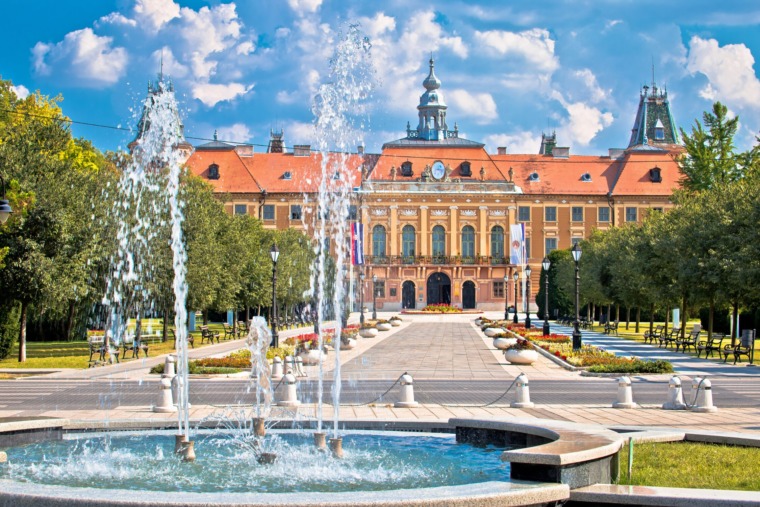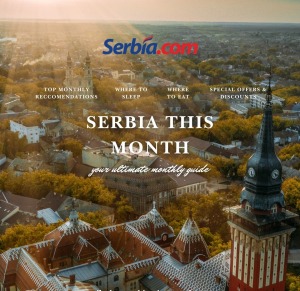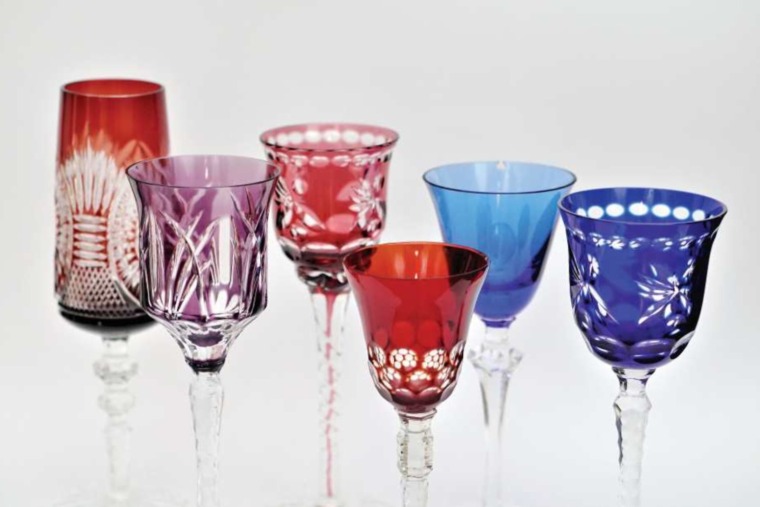
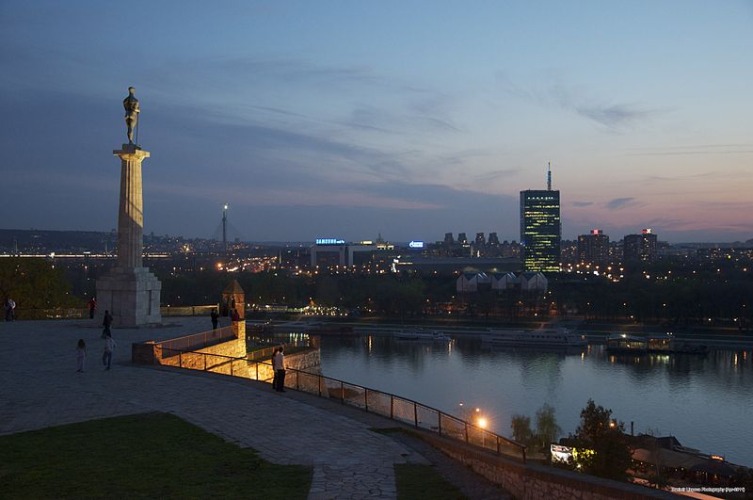
Ivan Meštrović’s masterpiece “Belgrade’s statue of the Victor” is just one part of the fountain that was planned to be the crowning jewel of Serbia’s capital. Fountain remained unfinished, and the Victor being too liberal for the eyes of war-ravaged Belgrade, was sent from a shed in Senjak, not to Terazije, but to the edges of Kalemegdan’s fortress instead, where the spirits that brought a new age upon us made it a symbol of Belgrade.
Three years before the World War I the Terazije’s Plateau was reconstructed so that between the two lanes was left enough space for a splendid fountain. City officials entrusted the construction of the fountain to the most famous Yugoslav sculptor – Ivan Mešrović. His idea was to make the commemorative drinking fountain with its central masterpiece, the Victor, which was supposed to symbolize the freedom of a five century long slavery under the Turks, and the final victory.

In a gym hall of one elementary school in Kralja Petra Prvog street, in Belgrade, Meštrović started sculpting the famous Victor – fountain’s central piece, a strong nude warrior, with the sword in his right and a pigeon in his left hand. In the meantime the war had started and Meštrović as an Austro-Hungarian citizen had to leave Belgrade. The construction of the fountain had to be halted, and Belgrade’s Victor was saved from war plunders only by chance, by providence, since it was sent to Czech Republic for molting.
The municipality renewed the idea regarding the fountain again in 1927, but since there was never enough financial means to complete the endeavor, governing officials wanted to place just the Victor on the Terazije. However, majority of Belgrade citizens disapproved that notion since they believed the Victor would have a bad influence on the Belgrade ladies’ morale.
That majority outvoted the fellow residents who were pro-art and abhorred such false morality. And so the nude Belgrade’s statue of the Victor was transferred from the water pipe warehouse in Senjak to the Kalemegdan (not Terazije), with his back turned away from the old part of the city, and was placed upon a pedestal 55 feet high, so that his nudity wouldn’t be too much for the eyes which gaze stooped so low.
Just like the Parisians disliked the Eiffel tower in the beginning, and yet it became the symbol of this grand European city and an outstanding architectural masterpiece despite all odds, so did the Belgrade’s statue of the Victor in the years to come found his place on Belgrade’s postcards, thus becoming the well-known symbol of Serbia throughout the world.
As opposed to their ancestors, new generations of Belgraders took pictures next to the nude Victor with pride, and the place where he is standing his eternal vigil is one of the most mesmerizingly beautiful places in Belgrade, with a wonderful view on the confluence of two majestic rivers.
How would the Meštrović’s fountain look today if it were made?
The public never got its hands on the sketches of the fountain, but it was descripted in high detail in the contract between the Belgrade’s municipality and Ivan Meštrović, which is now safe-kept in the Belgrade’s Archives. The sculptor wanted the commemorative fountain to be made out of red Bavarian granite and bronze, with four lions carrying a spacious pool, and that in its middle would arise a wide column with the Victor on the top. The pool walls would be ornamented in mid-relief, depicting the fighting against the Turks, and the column with five concentric rings would stand for five centuries of enslavement. Inside the rings were supposed to be masks which would propel the water. 50 masks on the column and 20 on the inside around the pool were supposed to be out of bronze, and lions and 70 feet wide mid-reliefs around the pool would be made of stone. Relief was supposed to depict the warriors charging on mounts, ten noble heroes and lords with shields and crests of our provinces.

Related Articles

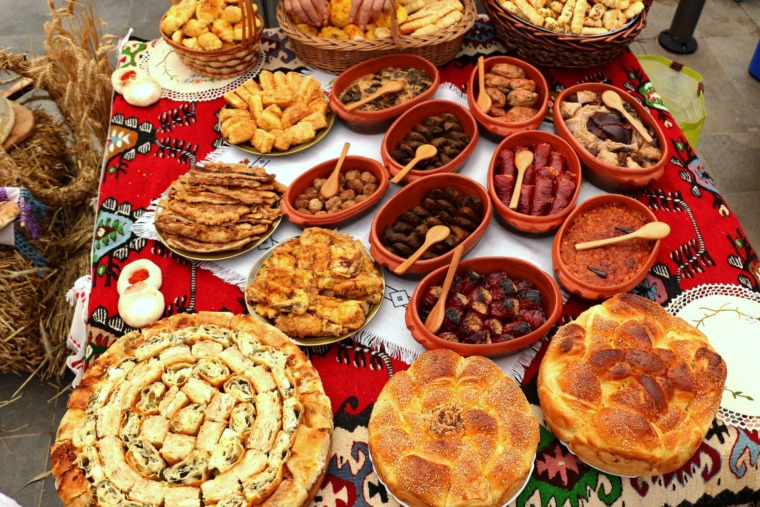
Serbian Comfort Food: A Cozy Guide to Winter Flavors
November 18, 2025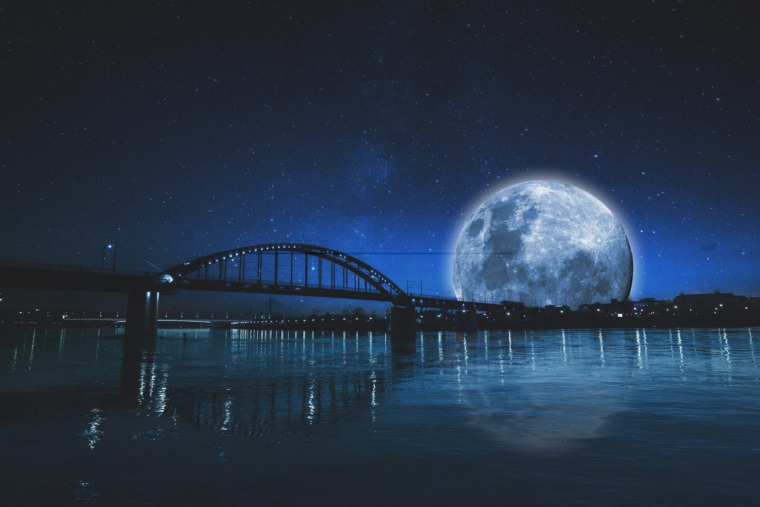
13 Unreal Photos of Belgrade: A City That Looks Like a Dream
November 13, 2025